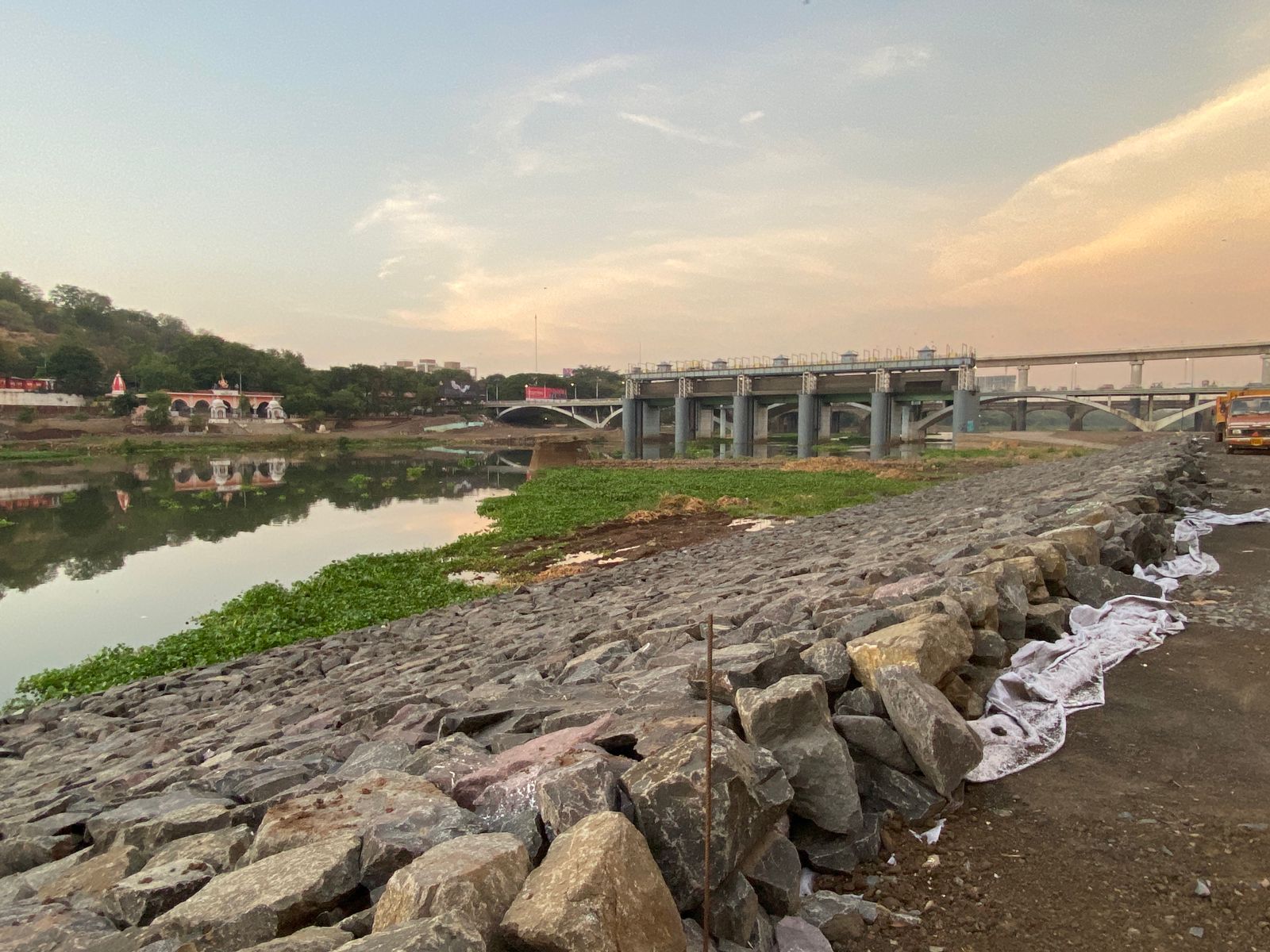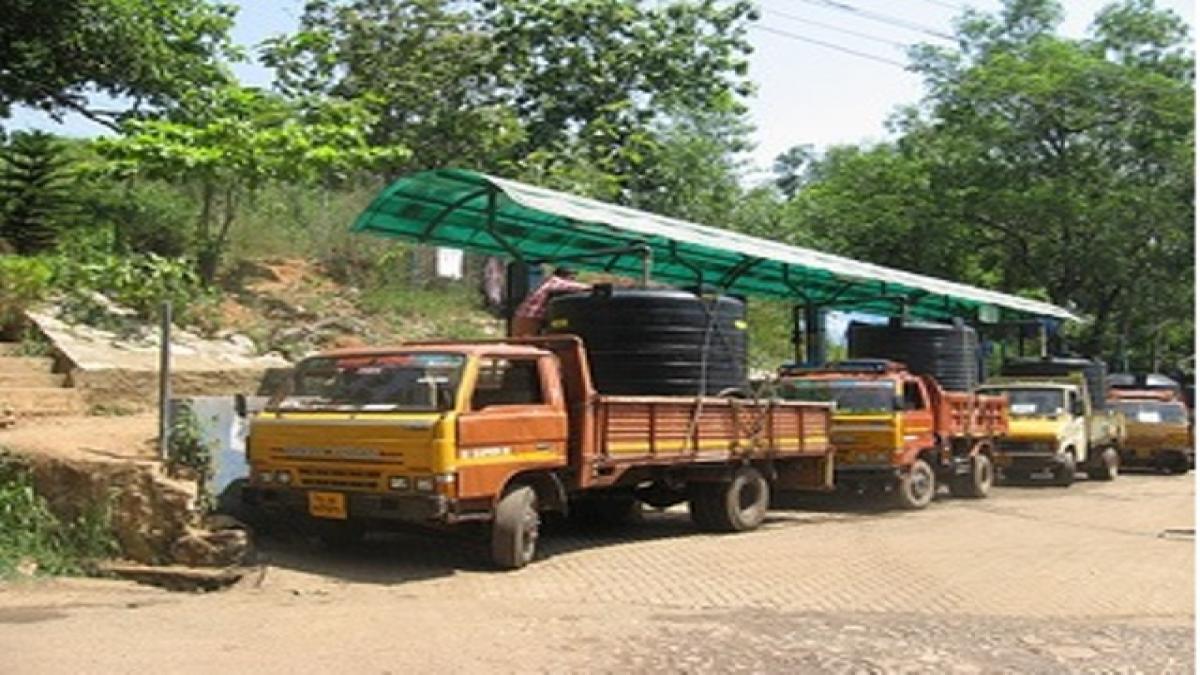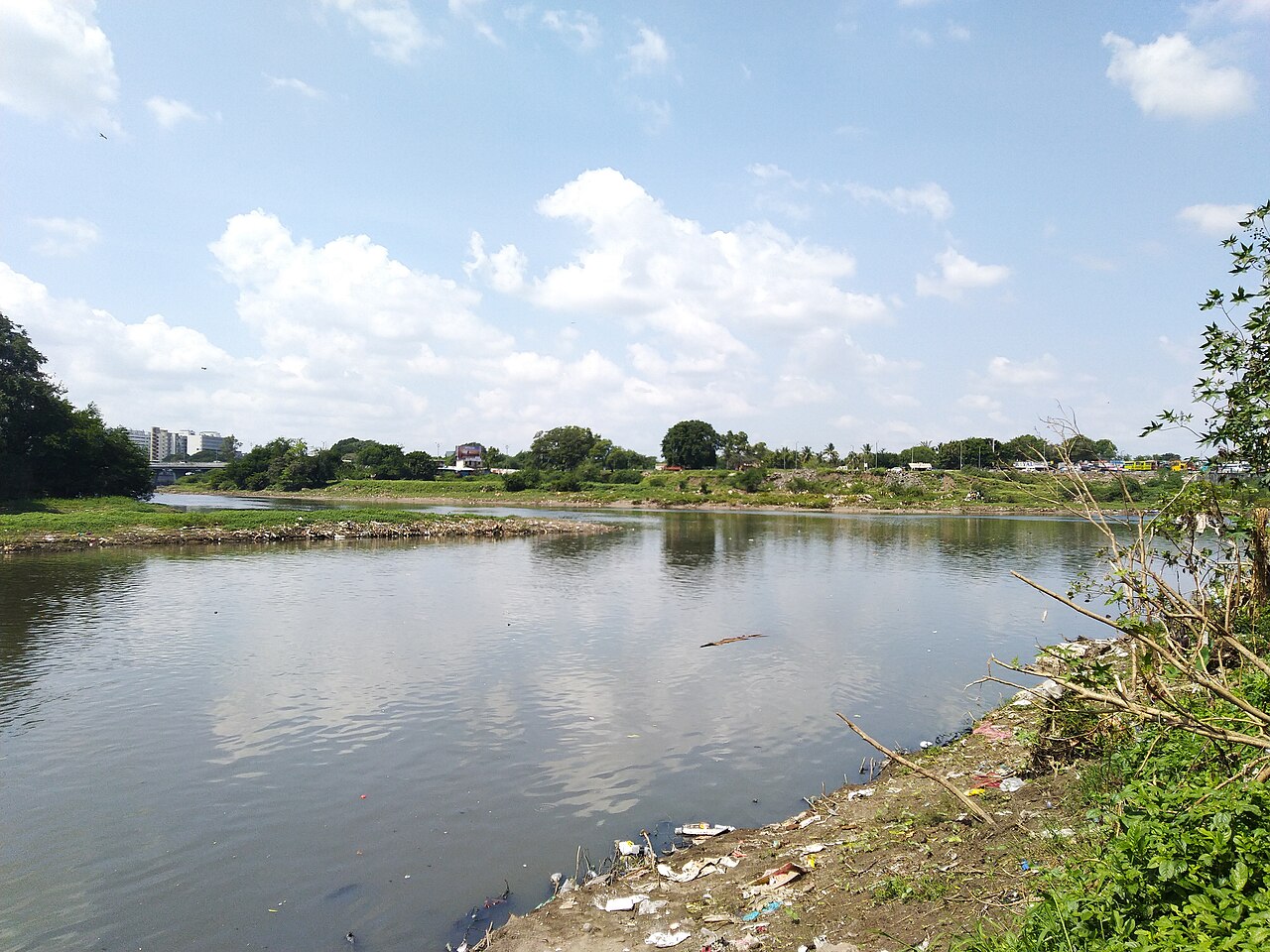Simply said, social justice is the fair and equal treatment of everyone who lives in a community. In the context of cities, it refers to the distribution and access to infrastructure, public goods, and services, without regard to economic status, religion, gender, or other demographic aspects of the citizens. In a socially just community, there is a fair and equitable distribution of benefits and burdens. In cities, social justice is largely driven, among other factors, by public expenditure and social norms.
Unfortunately, our cities are far from being the guardians of social justice. On the contrary, public infrastructure is notoriously skewed towards some sections of society. Take the case of state transport bus stations in Maharashtra. Many of them do not have clean toilet facilities for women, and no enclosures for feeding babies. On the other hand, most of the modern Indian airports have separate smoking rooms! Such glaring instances provide evidences of how public spending can be inherently unfair.
The River rejuvenation project (RRP) of Pune
One such instance is the gargantuan budgetary outlay for the grandiose River Rejuvenation Project (RRP) project of Pune city. And there are several such projects proposed in India. The initial budget for developing the riverfront of Pune’s Mula and Mutha rivers was Rs 2619 crores. Over time it has escalated and now stands at Rs. 4700 crores. This project has come under severe flak on many counts. The project ignores the impacts of climate change on the precipitation regime, its vision lacks any reference to riverine ecosystems, biodiversity and ecological services of the river, and the project will turn natural embankments into constructed ones, are some of the discrepancies that are flagged by citizens’ groups [1].
The environmental clearance issued for this project has blatant misrepresentations by the project proponent, and this has been acknowledged by the National Green Tribunal (NGT) order. The recent case of over 6000 trees being cut for the RRP is a case in point. There is no mention of the tree cutting in the Environmental Clearance certificate. Even as civil society organisations, experts and researchers raise these concerns with the Pune Municipal Corporation (PMC) and the state government, the administrative body has failed to satisfactorily respond to them, and the project is being rolled out.
So, what does this project have to do with the question of social justice? The 4700 crores being spent on this project violates the principle of social justice on at least two counts. The first one is the failure of the PMC to provide clean drinking water to all its citizens, and the second is the callousness with which the administrative body leaves untreated sewage for downstream inhabitants of the river. In one stroke the PMC has disregarded its duty to the citizens of Pune and the citizens of Solapur, the city that feeds on the sewage of Pune city. And when the PMC gets a budget sanctioned for Rs. 4700 crores for the rivers, what does it do with it? The Corporation plans out a pretentious beautification project for the river! One that lures the citizen away from the deficient services it provides.

Rise of the water tanker lobby
The primary responsibility of an urban administrative body is to provide its citizens with public infrastructure that allows them to lead a reasonably good quality of life and conduct their economic activities in peace. Providing safe drinking water equitably to its citizens, is a cardinal duty of the corporation. How does the PMC score on this factor?
A rapid survey of housing societies in Pune revealed that the number of suburbs which are not supplied water by PMC, is non-trivial. People who buy their water responded in this survey. Their housing societies are served by truck-tankers who bring the water. The survey responses reveal the areas of Pune city that buy water. They are Viman Nagar, Kharadi, Wagholi, Undri, Kondhwa, Wanowrie, Pisoli, Salunke Vihar, NIBM Road, Mohammadwadi, Hadapsar, Bavdhan, Pashan-Sus Road, Baner-Pashan Link Road, Aundh-Baner Link Road, Balewadi, and some parts of Kothrud.
The PMC data shows a significant increase in tanker supplies [2]. The Head of the Water department at PMC has admitted in a press meet that this year the demand for water tankers has increased compared to the previous year. Furthermore, its not just the new suburbs, but some new buildings in ‘peths’, the older parts of Pune, are forced to buy water. All these years, their water demand has been supplemented by ground water sources. However, as the old ‘wadas’ make way for new construction, many springs are diverted and aquifers are destroyed. This has compelled the newer buildings in the ‘peths’ to rely on water tankers. In the month of April this year, the residents of the posh Kalyani Nagar area faced water shortage, forcing many societies to buy their water [3]. Some of the large housing complexes in the newer suburbs pay crores of Rupees for buying water of dubious quality [4].

The PMC budget for 2023-24 presented in March this year, has an allocation of Rs. 1300 crores for water projects. From this budget the thirty-four villages newly merged with the Pune Municipal Corporation are waiting to be get their drinking water, and the 24x7 water supply program will be funded. The PMC has said that once this program is fully operational the dependency on tankers will come down. The scheme is less than 55 percent complete, and its costs might escalate with delays. Even after completion it will only bring relief to areas that are part of this program. The 1300 crores seem woefully inadequate to meet Pune’s water demand. So, when 4700 crore Rupees are allocated for the beautification of the riverfront, it turns out to be gravely unfair to the residents who buy water of questionable quality, at a price set by private operators.
Solapur – the silent sufferer
The second count on which the PMC contravenes social justice, is in its duty to treat the city’s sewage. The PMC’s present capacity of Sewage treatment plants (STP) is inadequate to treat the city’s sewage. Moreover, some of the STPs are running at less than designed efficiency, while some do not have backup power for power outage situations. The corporation has a responsibility towards inhabitants downstream of the city, and to the denizens of the riverine ecosystem.
What the residents of downstream Solapur drink, is not water. The Solapur Municipal Corporation (SMC) is forced to treat the partially treated sewage of Pune city. Many studies have shown the high pollution level in the Ujjani dam, where Solapur draws its water [5]. The SMC’s water treatment plants are neither efficient nor adequate, and thus, many parts of Solapur get untreated water.
For many years, Solapur has been protesting against the failure of the PMC and the PCMC to treat their sewage. However, successive governments have let off the erring corporations with nothing more than a slap on the wrists [6]. The PMC responds to the issue of sewage treatment with the JICA card. In 2016, the corporation has signed a loan agreement with the Japan International Cooperation Agency – JICA – for setting up 11 STPs. This will create an additional sewage treatment capacity of 396 million litres per day (MLD) over the existing 477 MLD.

Initially, the project was to be completed by January 2022, but the project did not take off until last year. Once complete, the total STP capacity for Pune will be 873 MLD. This is not adequate to cover the quantum of sewage generated in 2023. The economic growth of the city and the growing affluent lifestyles are already imposing a burden on the rivers that is paid for by Solapur. It is time that downstream residents of Pune city demand that the 4700 crores be spent not on beautification of Pune’s rivers, but on treating the sewage.
Beauty over liveability
The Pune Municipal Corporation website page on the JICA project opens with the sentence,
“The Mula-Mutha river is one of the 302 polluted river stretches of the country identified by the Central Pollution Control Board (CPCB)" [7].
Unfortunately, this frank admission is not met with appropriate action. The budget for the RRP neither provides for improving the water quality, nor for enhancing the water distribution to supply the deprived parts of the city. These discrepancies in the corporation’s administration question whether the RRP project can be called as a socially just investment.
Social justice transcends beyond the current generation, to include the future citizens. The brunt of the climate inadequacy of this project, and the massacre of over 6000 trees might not affect this generation. However, the future citizens won't be so fortunate. In any public expenditure, the maximisation of social benefit is advocated.
However, in case of Pune’s River Rejuvenation Project, it appears that only a section of society will benefit from it, while leaving the others to deal with the problems caused by a deficient administration.
Dr. Gurudas Nulkar is the Professor and Director of the Centre for Sustainable Development, at the Gokhale Institute of Politics and Economics, Pune. He can be contacted at gurudasn@gmail.com













